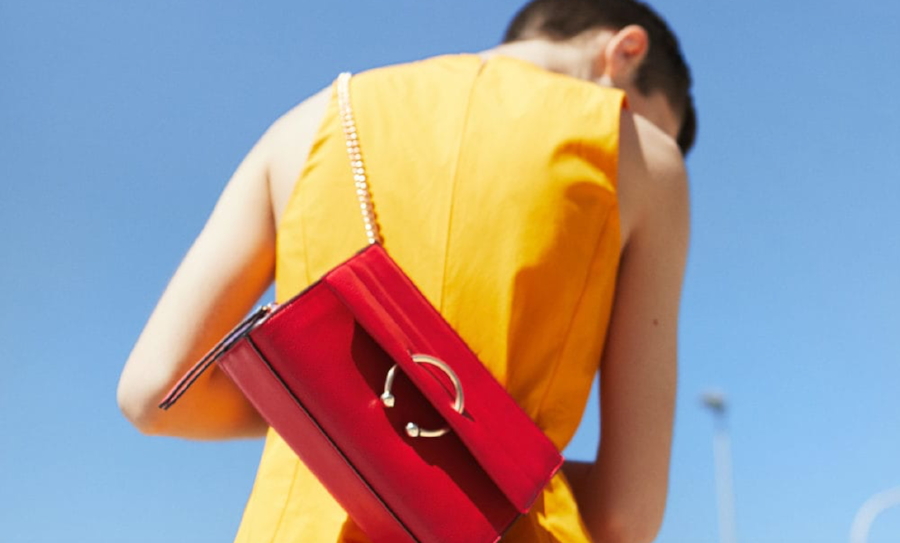
image: majawyh in Mango
In light of the recent flood of indie designers coming forth to call foul on fast fashion retailers for copying their designs (paired with a few not-so-fast fashion brands, which have been called out for copying, as well), a common question seems to be: Hw is this ok? In particular, why is it acceptable for Zara, Mango, and co. to copy these designers’ work? How is this practice legal?
Well, put simply, copyright law is not necessarily a the strongest ally for fashion designs in the United States. This is a blanket statement, of course, but it bears quite a bit of truth, nonetheless. Since copyright law, the type of intellectual property law that protects “original works of authorship,” such as books, paintings, sculptures, and songs, does not protect useful things, like clothing and accessories, it has provided a rather small amount of protection for those things in their entirety to date.
Creative elements of a design that can be separated from the functional elements are subject to protection, which is why elements of a garment, such as a print that covers it, may be protected (as Pictorial, Graphic or Sculptural Works). This protection-by-separation method, however, does little to ward off copiers. It is worth noting, however, that in light of the Supreme Court’s ruling in Star Athletica v. Varsity Brands, brands may be able to claim a bit more under the umbrella of copyright law. (More about that case and its implications here).
Moreover, unlike in most cases of the copying of garments, the copying of original jewelry designs often tends to give rise to legal ramifications as jewelry is afforded greater copyright protection in its entirety than garments are.

image: Mango
Having said that, other forms of intellectual property protection, such trademark and patent protection, do apply to fashion designs. Trademark law only protects a designer’s name or logo – with some exceptions under the doctrine of trade dress for the appearance of a design.
Patent protection – namely, by way of design patents – is likely the best fit for fashion designs, as they protect the “new, original, and ornamental design for an article of manufacture.” There is a bit of a roadblock here for many brands, as design patent protection os expensive (it tends to cost thousands of dollars to achieve) and takes a relatively long time (upwards of one year) to obtain.
That if often too long for most fashion brands, whose business models depend on trends and season-specific wares. Taken together, this is why fast fashion retailers make hundreds of millions of dollars by copying high fashion designs and only are very rarely sued – let alone penalized – for doing so.
It is worth noting that this is not the case in other countries – namely, in the countries of the U.S.’s international fashion competitors. Copyright protection in the UK is not terribly dissimilar from that in the United States. However, the European Designs Directive introduced a unified system of industrial design rights for both registered and unregistered designs throughout the European Union. This allows for the protection of garments and accessories in their entirety.
Due to its history as the home of innovation in terms of high fashion, it is not surprising that France enjoys the most extensive and longstanding legal rights in connection with fashion designs. The country’s copyright system provides protection for garments and accessories. The same type of protection also applies to Italian designs.
So, it is within these loopholes that retailers like Zara, Forever 21, H&M, and the like can operate legally (for the most part) and profit from the designs of others.







